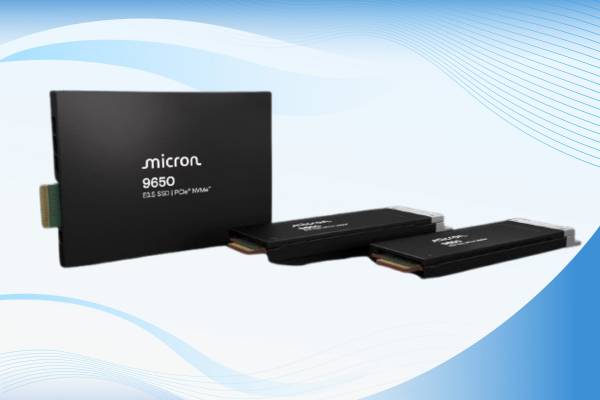Tiny Corp has reached a major technology milestone by creating the world’s first external GPU (eGPU) system that works over a standard USB3 connection. This brings GPU acceleration to platforms that could not use it before, especially Apple Silicon devices.
Until now, external GPUs needed either a dedicated PCIe slot or a Thunderbolt/USB 4 port with PCIe tunneling. These requirements kept many systems—most notably Apple Silicon Macs and MacBooks, which lack native eGPU support due to driver limits and architectural differences—from using eGPUs. Tiny Corp’s solution also supports Windows and Linux, opening the door for anyone who couldn’t consider an external GPU before.
This new eGPU is especially important for AI and machine learning developers who need high computing power for tasks such as prompt processing or model training. By running AMD GPUs over USB 3, Tiny Corp has unlocked faster computing on devices that had few options until now.
The system uses libusb, an open-source library for USB communication across platforms. This method avoids the usual kernel-level GPU drivers, instead using custom user-level drivers to link the host computer with the external GPU.
Rather than trying to duplicate all GPU functions, the solution sends specific compute jobs (kernel executions) to the eGPU, letting AI models use dedicated graphics hardware.
Although this breakthrough is impressive, it has clear limits. The main technical hurdle is bandwidth. USB 3’s maximum theoretical speed is 10 Gbps—much lower than direct PCIe links or Thunderbolt/USB 4 ports. As a result, data transfers to and from the GPU will be slower, especially when loading large AI models or moving a lot of data.
Another limitation is that only AMD GPUs are supported right now, specifically those in the RDNA 3 and RDNA 4 families. There are signs that RDNA 2 support may come later, but current choices are still limited.
Today’s implementation is likely just the start. Tiny Corp has said it will share more detailed technical information once the developers finish refining the code.
Possible future improvements include:
-
Adding support for older AMD GPU architectures
-
Optimizing performance to use USB 3 bandwidth fully
-
Simplifying installation and setup
-
Supporting more types of hardware adapters
If this development succeeds and gains interest, other companies may adopt similar technology. However, because of today’s bandwidth limits, it remains to be seen how widely it can be used.






























